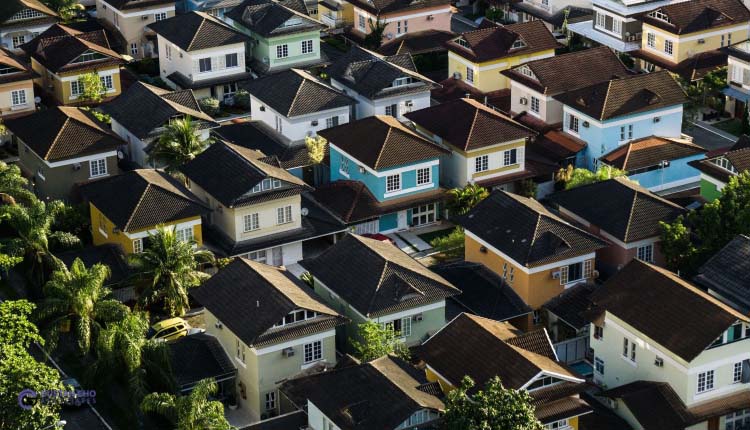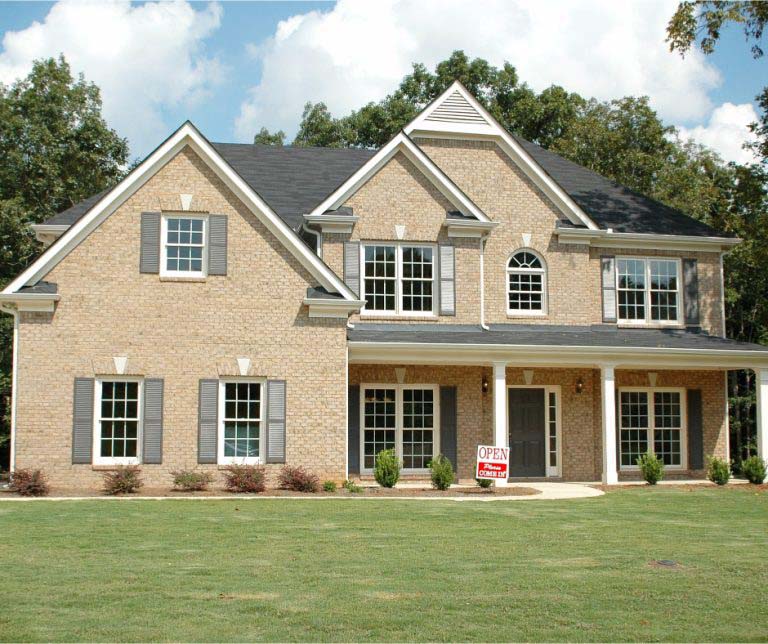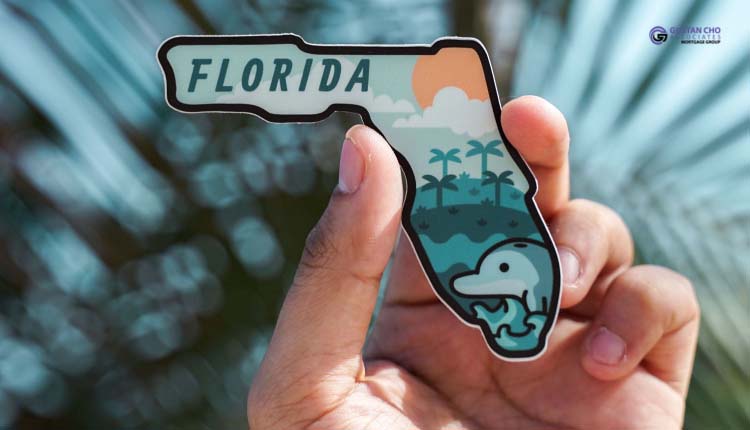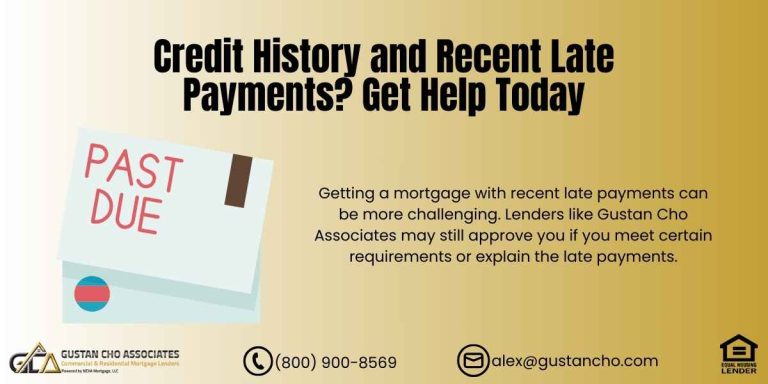This article covers HomeReady versus Home Possible mortgage guidelines. Many homebuyers contact us at Gustan Cho Associates and want to know the difference between HomeReady versus Home Possible. HomeReady conventional loans are offered by Fannie Mae. Freddie Mac offers Home Possible conventional loans.
There is no major difference between Fannie Mae’s HomeReady and Home Possible. Both conforming loan programs were created and launched to promote homeownership by offering low down payments for homebuyers.
Buyers do not have to be first-time homebuyers to qualify for Fannie Mae HomeReady or Freddie Mac Home Possible. Homebuyers can borrow up to 105% CLTV of the purchase price of the home combined with a second mortgage loan. Fannie Mae and Freddie Mac are two separate government-sponsored enterprises (GSE), so these two loan programs are not exactly the same.
Down Payment Requirements
Fannie Mae HomeReady and Freddie Mac Home Possible require a 3% down payment. Homebuyers can purchase 2 to 4 owner-occupant units with HomeReady and Home Possible. The difference between Fannie Mae HomeReady and Freddie Mac’s Home Possible is that with Fannie Mae, borrowers need to come up with a 3% down payment borrower contribution when buying 1 to 4-unit multi-family units. Freddie Mac does not mandate borrower contribution when buying 1 to 4-unit properties.
Speak With Our Loan Officer for Mortgage Loans
What Are HomeReady and Home Possible Loans
HomeReady and Home Possible are mortgage programs that help low to moderate-income borrowers afford homes. These programs are offered by Fannie Mae (HomeReady) and Freddie Mac (Home Possible), two of the largest government-sponsored enterprises (GSEs) in the United States. While both programs have similar goals, there are some differences in their guidelines and requirements. Here’s a comparison of HomeReady and Home Possible mortgage guidelines:
Eligibility Requirements on HomeReady Loans
HomeReady: Borrowers must have a credit score of at least 620, although some lenders may require higher scores. HomeReady is available to both first-time homebuyers and repeat buyers. Income limits may apply, but they can vary depending on the property’s location. Borrowers may be required to complete a homebuyer education course.
Eligibility Requirements on Home Possible Mortgage Loans
Borrowers must have a credit score of at least 660 for the 3% down payment option or 680 for the 1% down payment option. Home Possible is generally available to first-time homebuyers, although repeat buyers may be eligible in some cases. There are income limits based on the area’s median income, but these limits may be more flexible in high-cost areas. Borrowers may be required to complete a homeownership education course.
Down Payment Requirements on HomeReady
HomeReady: Offers a minimum down payment requirement of 3% of the purchase price. Down payment funds can come from various sources, including gifts and grants. No upfront mortgage insurance premium (MIP) is required.
Speak With Our Loan Officer for Mortgage Loans
Home Possible Down Payment Guidelines
Offers two down payment options: 3% down for the standard program or 1% down for the Affordable Advantage program. Down payment funds can come from various sources. Requires mortgage insurance, which can be either upfront or monthly, depending on the borrower’s choice.
Private Mortgage Insurance on HomeReady Versus Home Possible
HomeReady: Requires borrowers to pay mortgage insurance until the loan-to-value (LTV) ratio reaches 80% or less. The mortgage insurance premium can be canceled once certain conditions are met. Home Possible: Requires mortgage insurance, which can be either upfront or monthly, depending on the borrower’s preference. Mortgage insurance may be required for the life of the loan.
Property Types Eligible on HomeReady Versus Home Possible
Both programs allow financing for single-family homes, condominiums, and townhouses. Some restrictions may apply to certain property types.
Loan Limits on HomeReady Versus Home Possible
Loan limits for both programs are subject to change and are typically set by the Federal Housing Finance Agency (FHFA). Both programs encourage flexibility in considering non-traditional sources of income, such as rental income, to qualify for a mortgage.
Borrowers with limited credit histories may be eligible under certain circumstances.
It’s important to note that mortgage guidelines can change over time, and eligibility requirements may vary depending on the lender and the specific situation of the borrower. Therefore, it’s advisable to contact a mortgage lender or loan officer who is familiar with these programs to get the most up-to-date information and determine which program is the best fit for your needs.
Types of Properties Allowed With HomeReady and Home Possible
One-to-four-unit owner-occupant properties qualify for Fannie Mae HomeReady and Freddie Mac Home Possible. Second homes and investment properties are not eligible for HomeReady versus Home Possible financing. Non-occupant borrowers are allowed if the loan-to-value is 95% LTV or lower.
Single-family homes, townhomes, PUDs, condos, and two to four-unit homes are eligible properties. Non-warrantable condos and condotels do not qualify.
Gustan Cho Associates has a national reputation for not having lender overlays on government and conventional loans. Gustan Cho Associates also has dozens of lending relationships with non-QM and alternative financing wholesale lenders. Over 80% of our borrowers at Gustan Cho Associates could not qualify at other lenders due to their lender overlays. Click Here For Apply For A Mortgage Loans
Non-Occupant Co-Borrower Guidelines on HomeReady Versus Home Possible

Borrower Eligibility Requirements on HomeReady Versus Home Possible
Borrowers need to meet Conforming Guidelines. The minimum credit score to qualify is 620 FICO. 4 years after Chapter 7 Bankruptcy. Four years after a deed-in-lieu of foreclosure or short sale. 7-year waiting period after standard foreclosure. 2 years after Chapter 13 Bankruptcy discharged date. Four years after the Chapter 13 dismissal date. Both Fannie Mae and Freddie Mac have educational completion requirements.
Freddie Mac Home Possible Advantage lets borrowers skip the mandatory housing education course if at least one of the borrowers is not a first-time homebuyer. If there are two or more borrowers, Fannie Mae HomeReady requires one of the borrowers to complete the housing course.
For more information about the contents of this article on HomeReady versus Home Possible or other mortgage-related topics, please contact us at Gustan Cho Associates at 800-900-8569 or text us for a faster response. Or email us at alex@gustancho.com. The team at Gustan Cho Associates is available seven days a week, evenings, weekends, and holidays. Speak With Our Loan Officer for Mortgage Loans









